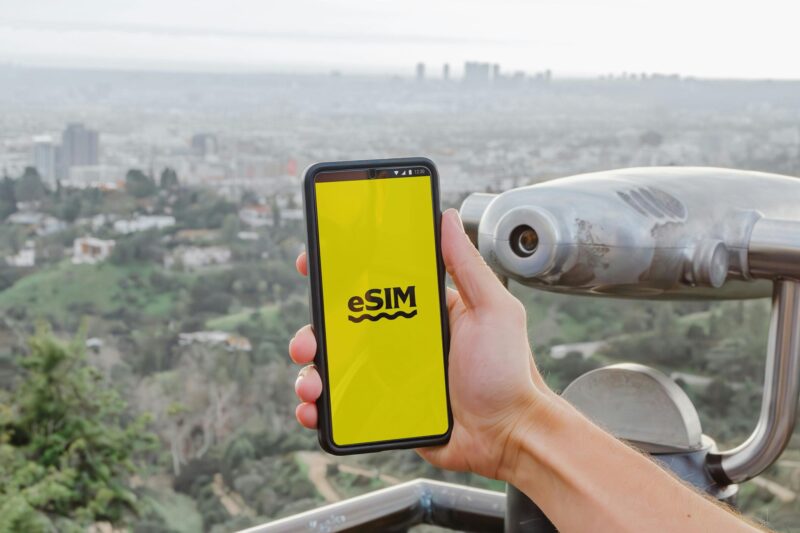Stepping onto foreign soil brings a thrill, but it’s often followed by a practical question: how do I get my phone online? Gone are the days of just hunting for a local SIM card vendor. Today’s traveler faces a menu of choices, from digital SIMs to personal hotspots. Understanding which tool is right for your journey is the difference between seamless connectivity and a frustrating, expensive headache.
Let’s cut through the noise and compare the three main players in the travel data game: eSIMs, pocket Wi-Fi, and your carrier’s international plan.
The Modern Choice: Unpacking the eSIM
The most streamlined solution for the modern traveler is the eSIM. This isn’t a physical chip but a digital profile you download directly to your phone. Most recent smartphones from Apple, Google, and Samsung come with this technology built-in.
The process is elegantly simple: you buy a data plan from a global provider like Holafly or Airalo, they send you a QR code, and a quick scan installs the plan. You can have your data sorted before your suitcase is even packed.
The primary benefit is a powerful blend of cost and convenience. For a multi-country tour of Europe or a two-week escape to Japan, an eSIM is often dramatically cheaper than carrier roaming.
It also allows you to keep your primary phone number active for calls and texts while dedicating the eSIM to affordable data. The only real requirements are an unlocked, compatible phone and the understanding that most travel eSIMs are data-only, so apps like WhatsApp will handle your communication.
The Shared Connection: The Case for Pocket Wi-Fi
For those managing several devices or coordinating with a group, pocket Wi-Fi remains an effective and adaptable solution. This compact modem, typically powered by a local SIM card, generates a private and secure Wi-Fi network that can be accessed by multiple users simultaneously. Its universal compatibility ensures it works across all Wi-Fi-enabled devices, regardless of brand or system.
This setup is particularly useful in scenarios where individuals require stable connectivity for different purposes. One user might stream data-heavy content on a tablet, while another accesses regulated online platforms, such as an online casino platform, which require a secure and uninterrupted connection.
The main benefits include consistent performance across several devices and support for high-bandwidth applications. However, users should account for logistical considerations: the device must be charged, carried, and returned after use, and the connection range is limited to the area around the hotspot.
The Simple Fallback: Your Carrier’s International Plan
The easiest option is almost always the international pass from your home provider. Activating a plan from Rogers, Bell, Verizon or T-Mobile often requires just a few taps in an app. Once enabled, your phone works abroad just as it does at home, with your number and all services intact. The charges are simply rolled into your regular monthly bill.
This convenience, however, comes at a premium. Daily fees of $10 or more can make a week-long trip surprisingly expensive. Many carriers also throttle your data speeds after a certain limit is reached.
This path makes the most sense for very brief trips, like a 48-hour business layover, or for travelers who prioritize absolute simplicity over cost. It also functions perfectly as a last-resort backup plan.
Making the Right Call for Your Trip
The best way to stay connected abroad isn’t a one-size-fits-all answer. It’s about matching the tool to your travel style.
For the solo adventurer or couple with modern phones, an eSIM delivers unmatched value and flexibility. When traveling with a companion or with multiple gadgets for work and leisure, the shared bandwidth of a pocket Wi-Fi is the most practical choice. And for the shortest of trips where convenience is king, your carrier’s plan is a reliable, if costly, default.
Don’t feel locked into just one solution. A savvy traveler often builds a layered strategy. For instance, you might rely on your carrier’s daily pass for the first 24 hours, giving you an effortless connection right after landing. Then, once settled at your hotel, you can activate a cheaper, high-data eSIM for the remainder of your stay. This hybrid approach gives you both a foolproof backup and significant cost savings, which guarantees you’re never caught offline.




